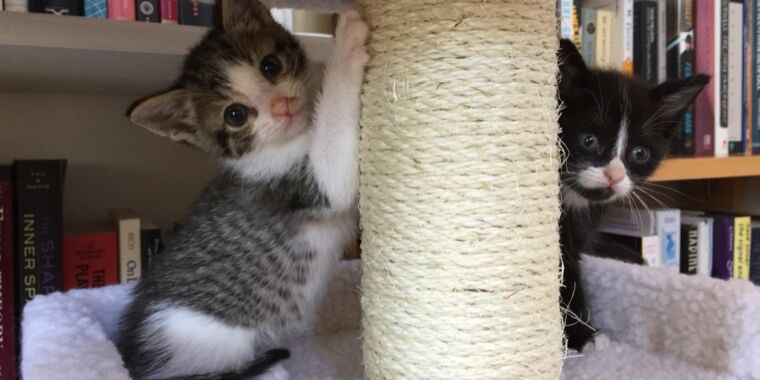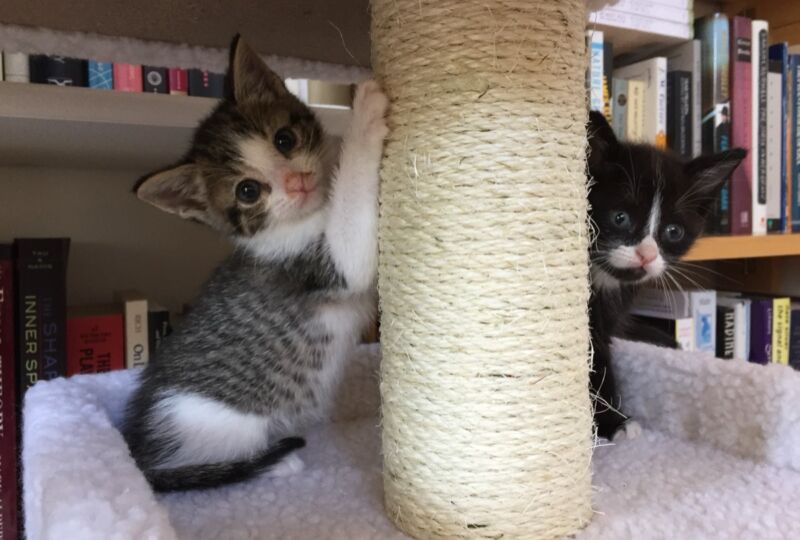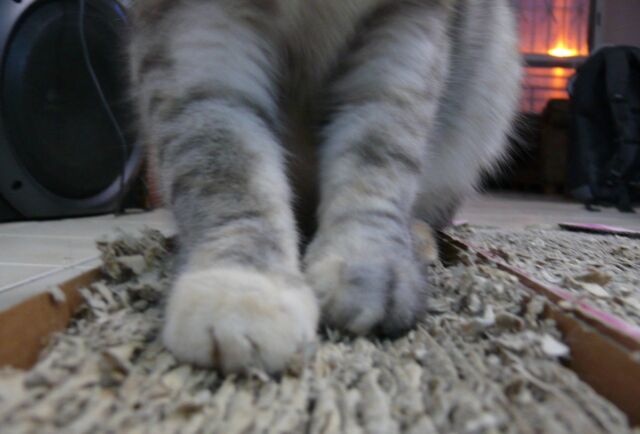The case of the coke-snorting Chihuahua
Every dog owner knows that canines are natural scavengers and that vigilance is required to ensure they don’t eat toxic substances. But accidental ingestions still happen—like the chihuahua who vets discovered had somehow managed to ingest a significant quantity of cocaine, according to a case study published in the journal Frontiers in Veterinary Science.
There have been several studies investigating the bad effects cocaine can have on the cardiovascular systems of both humans and animals. However, these controlled studies are primarily done in laboratory settings and often don’t match the messier clinical realities. “Case reports are crucial in veterinary medicine by providing real-world examples,” said co-author Jake Johnson of North Carolina State University. “They capture clinical scenarios that larger studies might miss, preserve unusual presentations for future reference, and help build our collective understanding of rare presentations, ultimately improving emergency preparedness and treatment protocols.”
In the case of a male 2-year-old chihuahua, the dog presented as lethargic and unresponsive. His owners had found him with his tongue sticking out and unable to focus visually. The chihuahua was primarily an outdoor dog but was also allowed inside, and all its vaccines were up to date. Examination revealed bradycardia, i.e., a slow heart rate, a blue tinge to the dog’s mucus membranes—often a sign of too much unoxygenated hemoglobin circulating through the system—and dilated pupils. The dog’s symptoms faded after the vet administered a large dose of atropine, followed by epinephrine.
Then the dog was moved to a veterinary teaching hospital for further evaluation and testing. A urine test was positive for cocaine with traces of fentanyl, confirmed with liquid chromatography testing. The authors estimate the dog could have snorted (or ingested) as much as 96 mg of the drug. Apparently the Chihuahua had a history of ingesting things it shouldn’t, but the owners reported no prescription medications missing at home. They also did not have any controlled substances or illegal drugs like cocaine in the home.
The case of the coke-snorting Chihuahua Read More »



